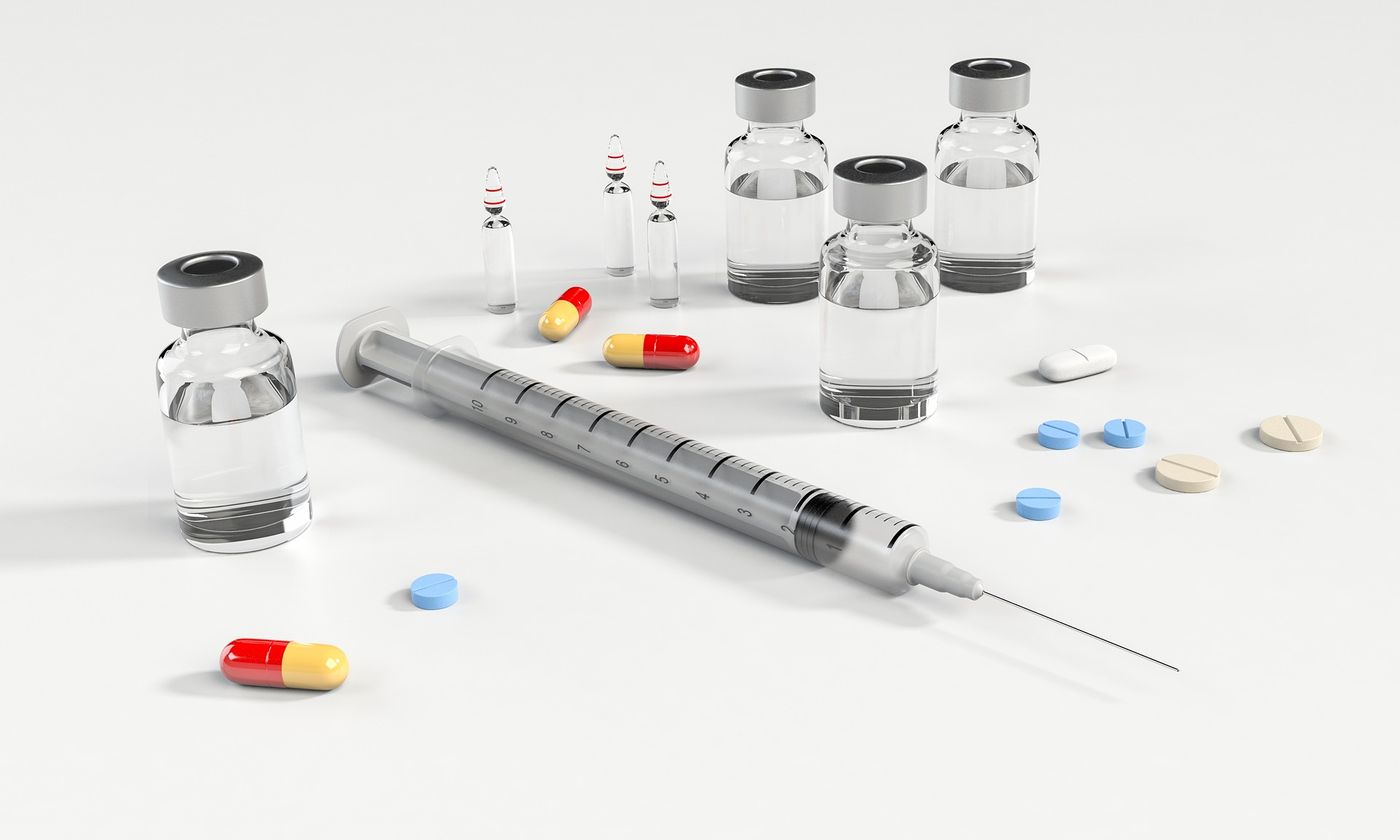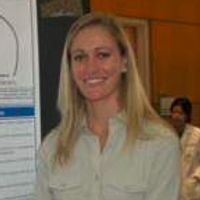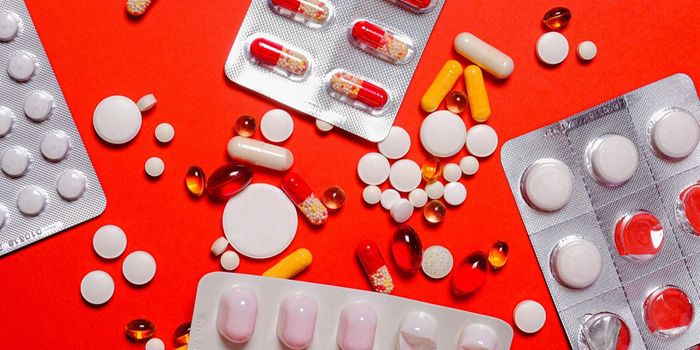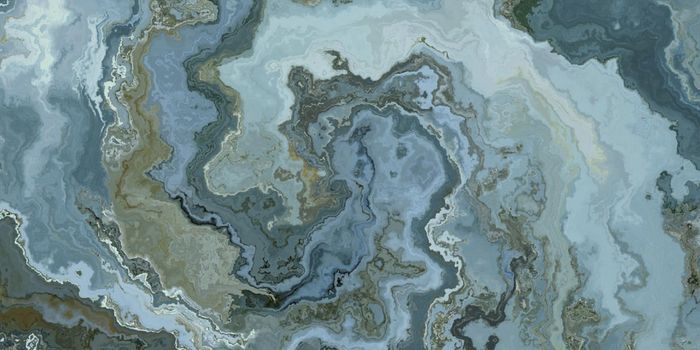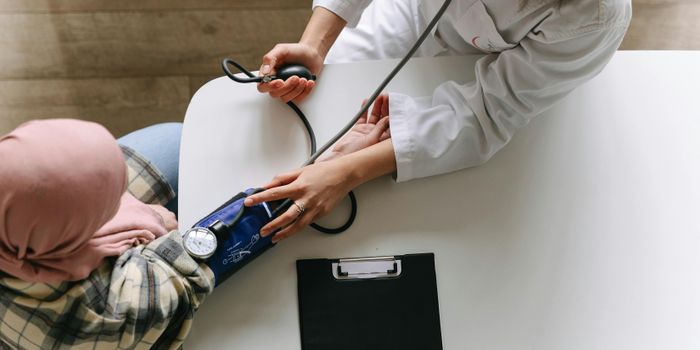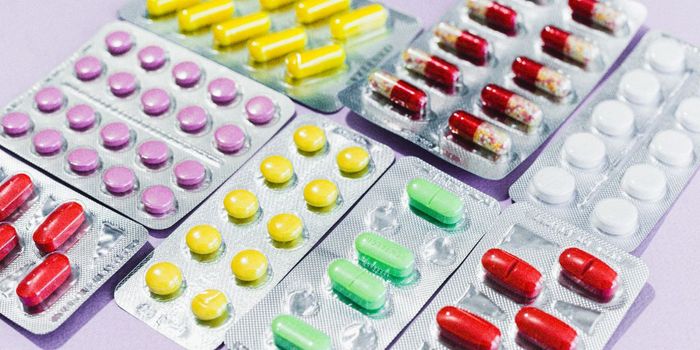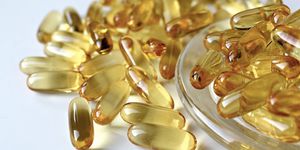Defining Drug Discovery
When you look in Merriam Webster’s dictionary, surprisingly you will not find the definition of ‘drug discovery’ there. You will find drug defined as: “A) a substance used as a medication or in the preparation of medication. B) according to the Food, Drug, and Cosmetic Act (1): a substance recognized in an official pharmacopoeia or formulary (2): a substance intended for use in the diagnosis, cure, mitigation, treatment, or prevention of disease (3): a substance other than food intended to affect the structure or function of the body (4): a substance intended for use as a component of medicine but not a device or a component, part, or accessory of device. You will also find discovery defined as: “The act or process of discovering”. Wikipedia simply sums up drug discovery as “the process by which new candidate medications are discovered.” So what does ‘drug discovery’ entail?
Drug discovery has evolved and taken many forms since its beginning. Initially, drug discovery consisted of primarily naturally occurring modalities such as plants or herbs which had some component that demonstrated efficacy against an ailment, and we sought to identify and isolate this component for its use in medicine. Since then, this has drastically changed into a dynamic network of identifying mechanistic drivers of disease and designing chemical compounds specifically toward them, synthetically. This requires the efforts of multiple areas of expertise working together toward the same end goal. Biologists to identify molecular drivers of disease to be targeted, chemists to produce and optimize molecules, biochemists and molecular biologists to test these molecules in assays, bioinformaticians to analyze the large data sets generated from these assays, experts in pre-clinical animal models as well as clinicians to run clinical trials of drugs that make it past the early phases of development, lets not forget the funding sources necessary for all of this work to be made possible, and there are multiple feedback loops within the whole process for optimizing the ideal drug candidate. It is safe to say that drug discovery is a team effort from beginning to end. Historically, this process can take decades but new efforts are arising to try to expedite the process.
What makes a drug effective or a good candidate? Well, that certainly depends on the question being asked and the goal to be achieved. For example, chemotherapy is a broad reaching ‘drug’ and often consists of a cocktail of different drugs which hit not only the rapidly dividing cancer cells, but also healthy cells in a very non-specific manner (which is why there are so many toxic side effects associated). Over the last many years, ‘targeted’ therapy and drug classes have proven effective. These drugs are not broadly reaching like chemotherapy drugs are, but rather will only hit specific cells with specific traits such as expression of a cell surface receptor or mutated or fused gene product/protein. The large majority of targets for this type of drug development are two types of proteins: kinases (typically activating enzymes that initiate signaling within a cell) and G-protein coupled receptors (cell surface receptors which facilitate signaling within a cell).
What are the sources of drugs? Aside from synthesized molecules, there are of course naturally occurring products which I mentioned earlier were the traditionally studied medicinal drugs, microbial metabolites which act effectively against the survival of other organisms and their proliferation, and marine species. There are large amounts of libraries of compounds compiled for researchers in drug discovery to utilize, depending on what they are trying to find compounds for. There are kinase libraries, natural product libraries, libraries for molecules designed to and thought to hit a certain type of feature, and the list goes on. Screening assays are used to identify which of these needles in the haystack might be effective for the intended purpose, and once validated these compounds can be further tested in biological assays, optimized chemically, and worked up for clinical trials. Promising molecules are also put through the gauntlet for what is called ADME, or absorption, distribution, metabolism, and excretion; all of which are things that effect whether a drug will work, whether it can be given to patients in pill form, how long lasting it will be, etc. Pharmacokinetic and toxicology studies are also conducted. There are a multitude of details associated with drug discovery, but this in general gives a brief overview of what one might define drug discovery as. The process of identifying drugs for medicinal use. The process of drug discovery is discussed below.
Sources: Wikepedia, Cell, Webster's Dictionary, PhRMA Press, Youtube, Pixabay
